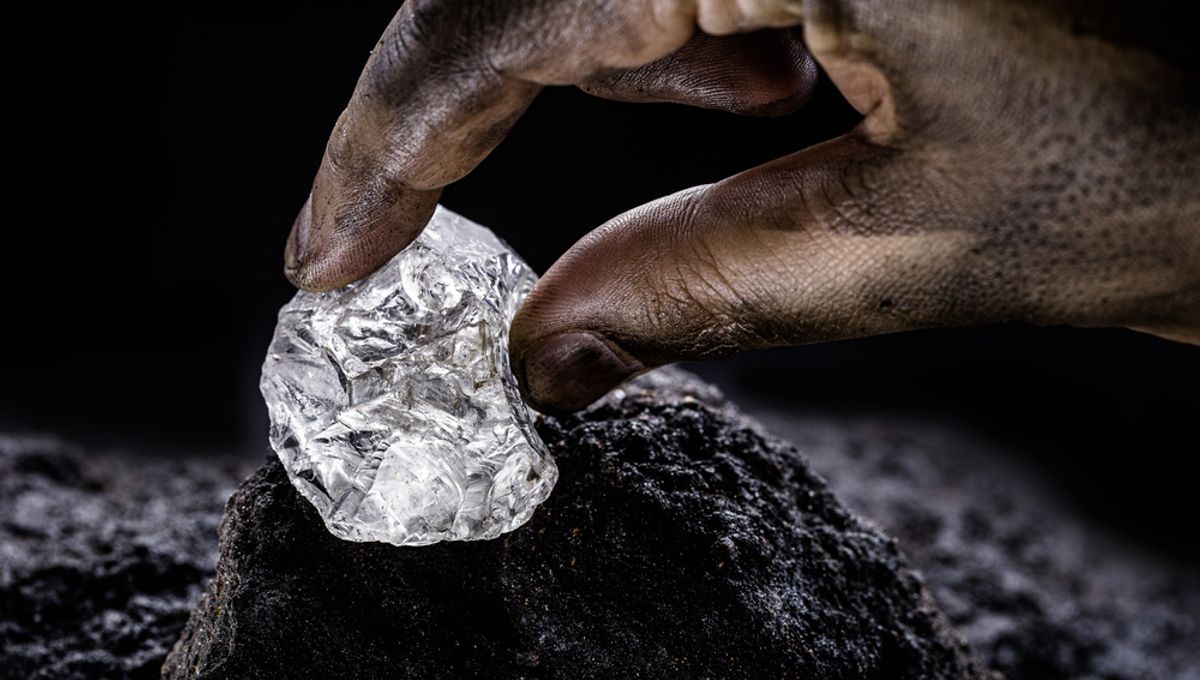
Viral videos that have exploded across Twitter, Facebook, Instagram, and TikTok claim to show a new mineral that somehow holds a charge, with users demonstrating by rubbing them together and creating sparks, as well as connecting them with wires that then appear to power an LED. The rocks were supposedly discovered in the Democratic Republic of Congo and have garnered significant interest because such a rock would likely change batteries and power storage forever.
As always, though, everything is not what it seems and experts have since said that such a mineral producing electricity, to our current knowledge, would be impossible. Minerals within rocks do not possess the required molecular makeup to store or release charge – the best they can do is simply pass it along. That is what is likely going on here: the frame is cut so that the edge of the rock cannot be seen in the sparking video, making it probable that wires are connected to the mineral (which experts believe is pyrite) and the rocks are conducting the current between them.
The other video is a bit more of a mystery as to how the LED lights up when connected. If you look closely at the LED when it is not connected to the rock, there are some frames where the light is still illuminated, making it most likely that there is some sort of current coming from elsewhere and not the rock. Or, it is possible that there is also a capacitor somewhere holding a small amount of charge that powers the battery when the connected wires complete the circuit.
What everyone does agree on, however, is that this is not “vibranium”, nor a wonder material that somehow generates electricity from nothing.
“We don’t know of any mechanism, thus far, that actually supports that kind of phenomenon,” said Yaoguo Li, a professor of geophysics at the Colorado School of Mines, in an AP fact check.
Minerals lack the chemistry to be able to store charge like batteries. Batteries don’t actually store electrical energy, but energy in a different form (most often chemical) that is then converted into electrical energy by chemical reactions between the anode, the cathode, and the electrolyte in between. The difference is that minerals will not release the electrons needed to store and produce charge.
For a “natural battery” to exist as the videos claim, the mineral would need to somehow have an anode and a cathode that can interact. Sadly, it may be more sleight of hand and video trickery than it is a revolutionary new material – just another day on the internet.
Source Link: Has A Rock That Generates Electricity Really Been Discovered In Africa?